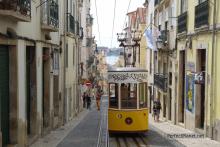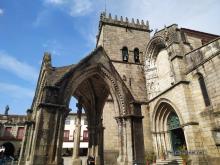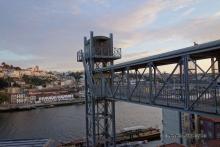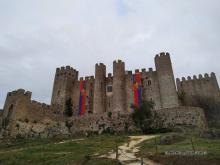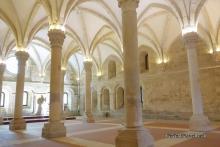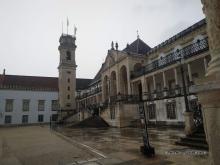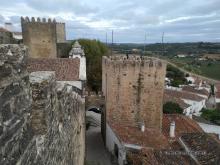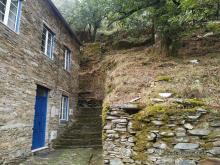Portugal. Our Portuguese neighbour is an unknown jewel.
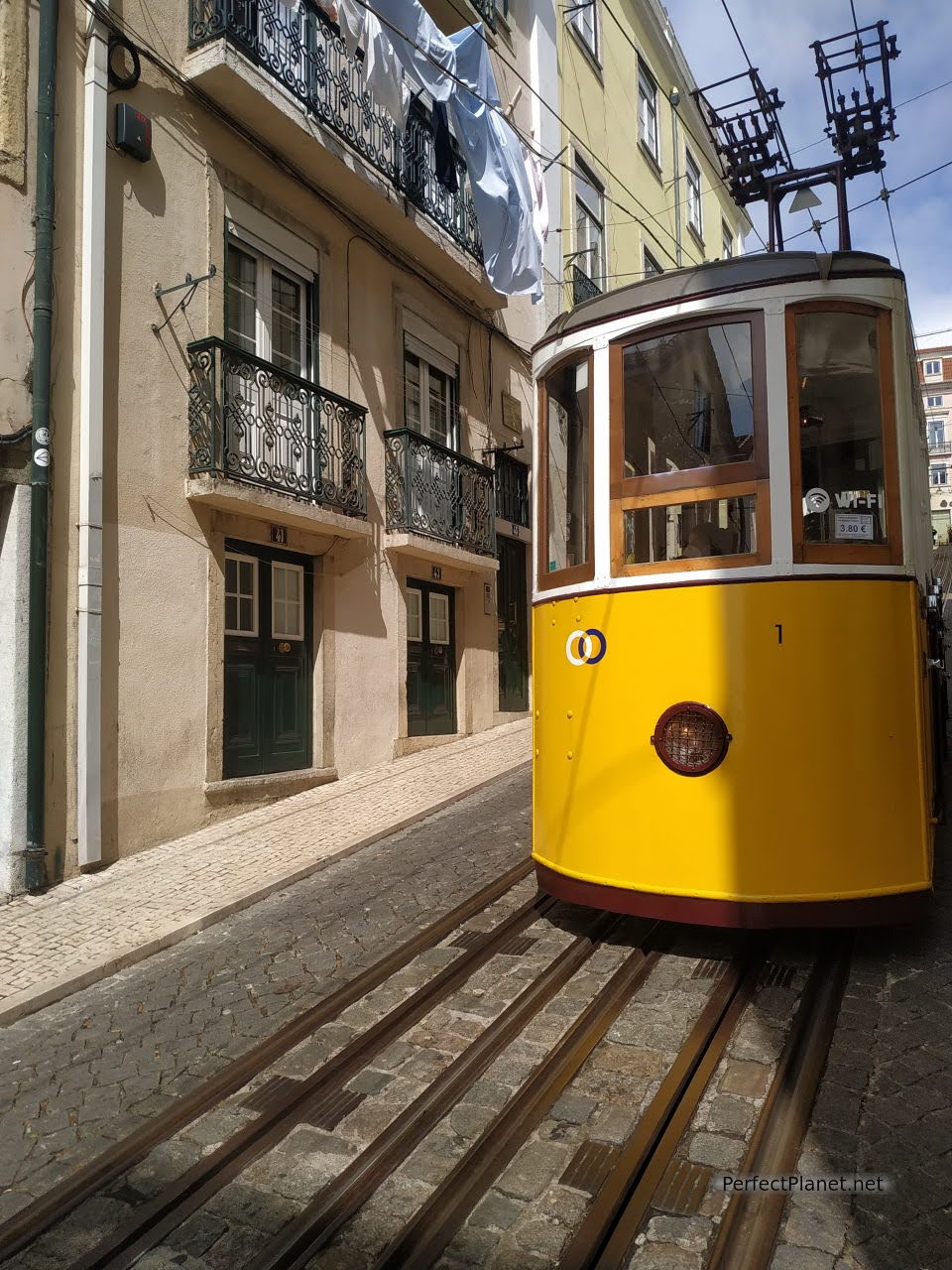
Tram in Lisbon
We have visited it on several occasions but we have never spent as much time with it as this time. Natural parks, villages, cities, beaches, surfing, festivals, castles, tiles, history, gastronomy, markets, there is so much to choose from that it would take dozens of trips to visit all its corners. We invite you to discover it with us.
Visa
Spanish citizens and EU members do not need a visa or passport to enter Portugal. For more information, please consult the website.
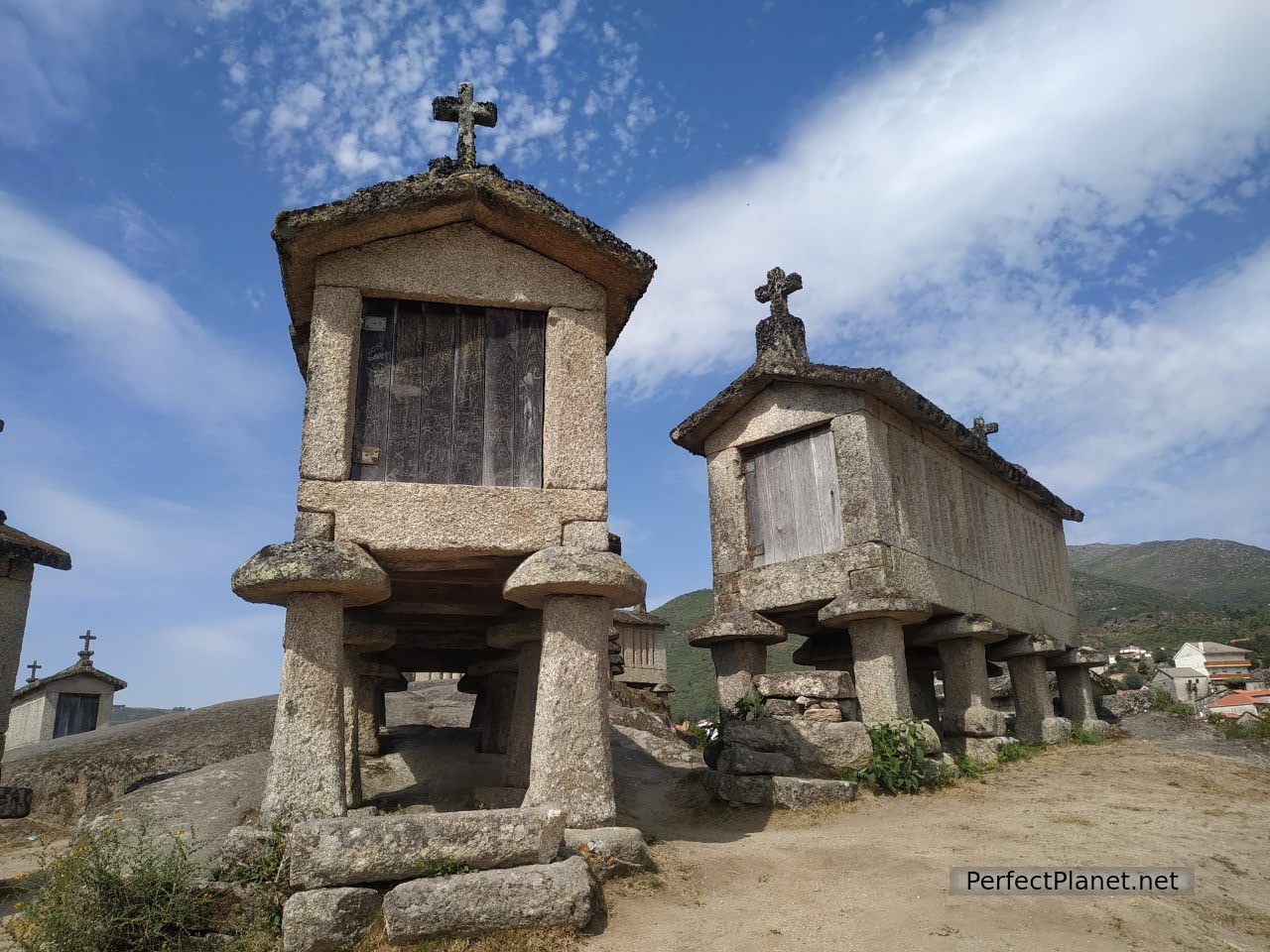
Granaries in Soajo
Money
The official currency is the Euro (Eu). There are ATMs in all cities and in many other locations, the use of credit cards is widespread except in rural areas.
There is a daily limit of 200 euros per withdrawal from cash machines. Be careful with the commissions we always use the BNEXT card free of charge, it is recharged through an app, you can make payments but the only disadvantage is that you can only withdraw a maximum of three times in the same month without commission so you have to calculate the expenditure well.
However, it is advisable to carry cash.
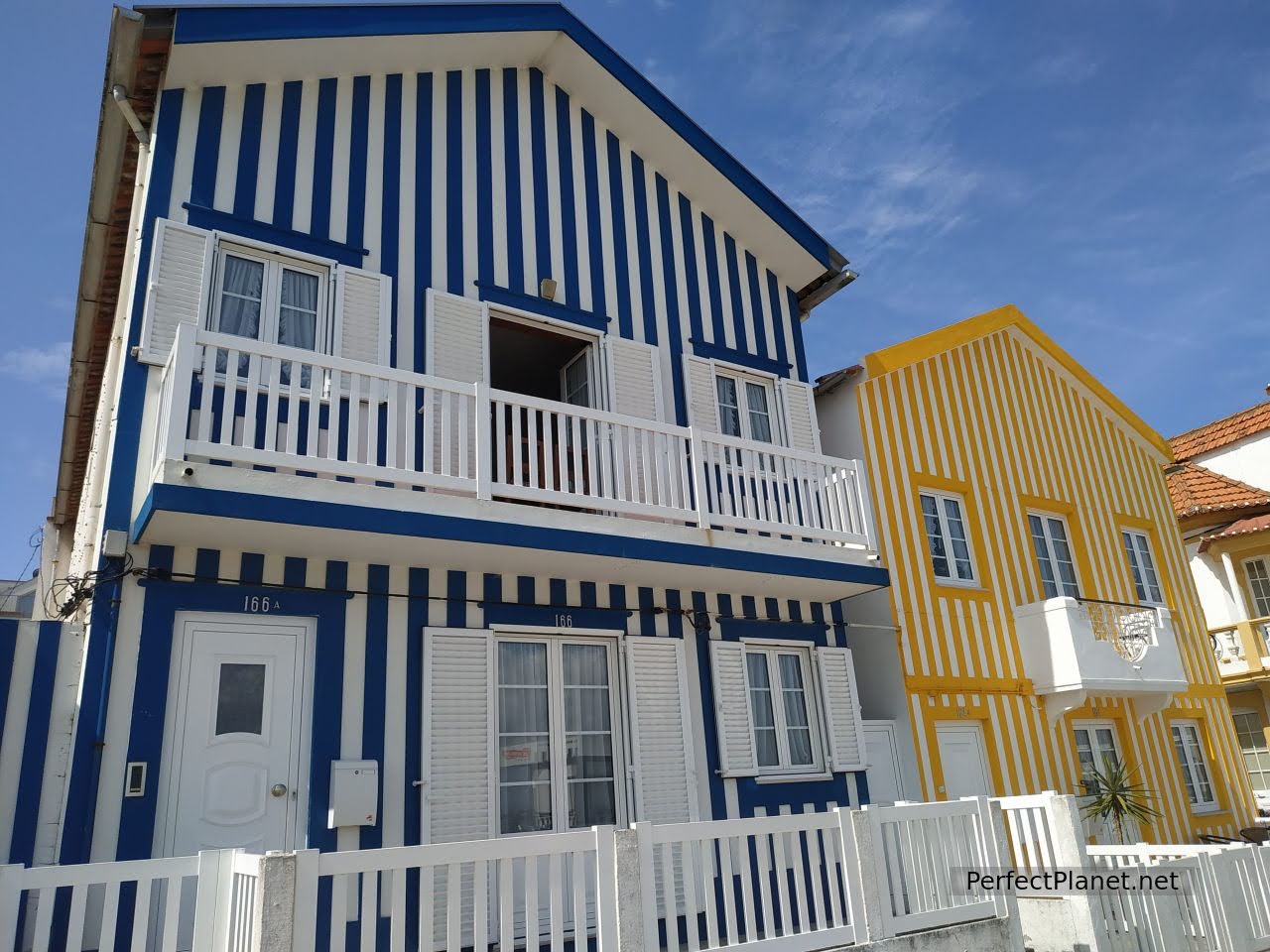
Nova Coast
Language
The official language is Portuguese. Useful words: olá (hello), adeus (goodbye), obrigado/a (thank you), bon dia (good day), boa tarde (good evening) or boa noite (good night).
In the Miranda do Douro area in the Tras Os Montes region, Portuguese has been spoken alongside another language that has been considered official since the 1990s, Mirandese. It is related to Asturian-Leonese and is spoken by around ten thousand people.
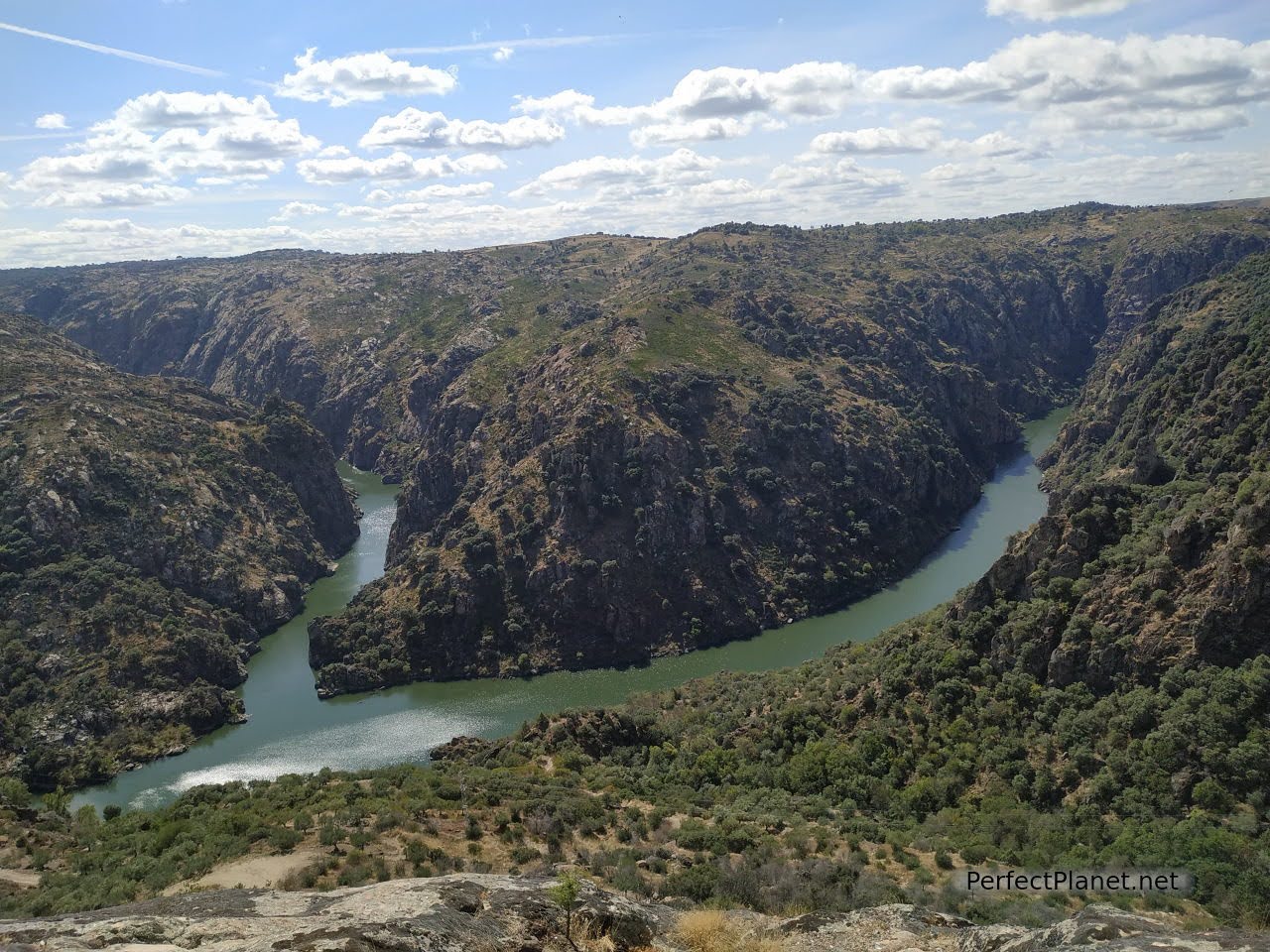
Douro Natural Park
Transport
You can use both private and public transport to travel around Portugal, although the latter has more restricted access to certain rural areas.
In this case, most of the trips are made by private car (thanks to the proximity to Spain), but we also use the train and the bus. The Portuguese public transport network works perfectly and is very economical, trains are very comfortable and link the main cities.
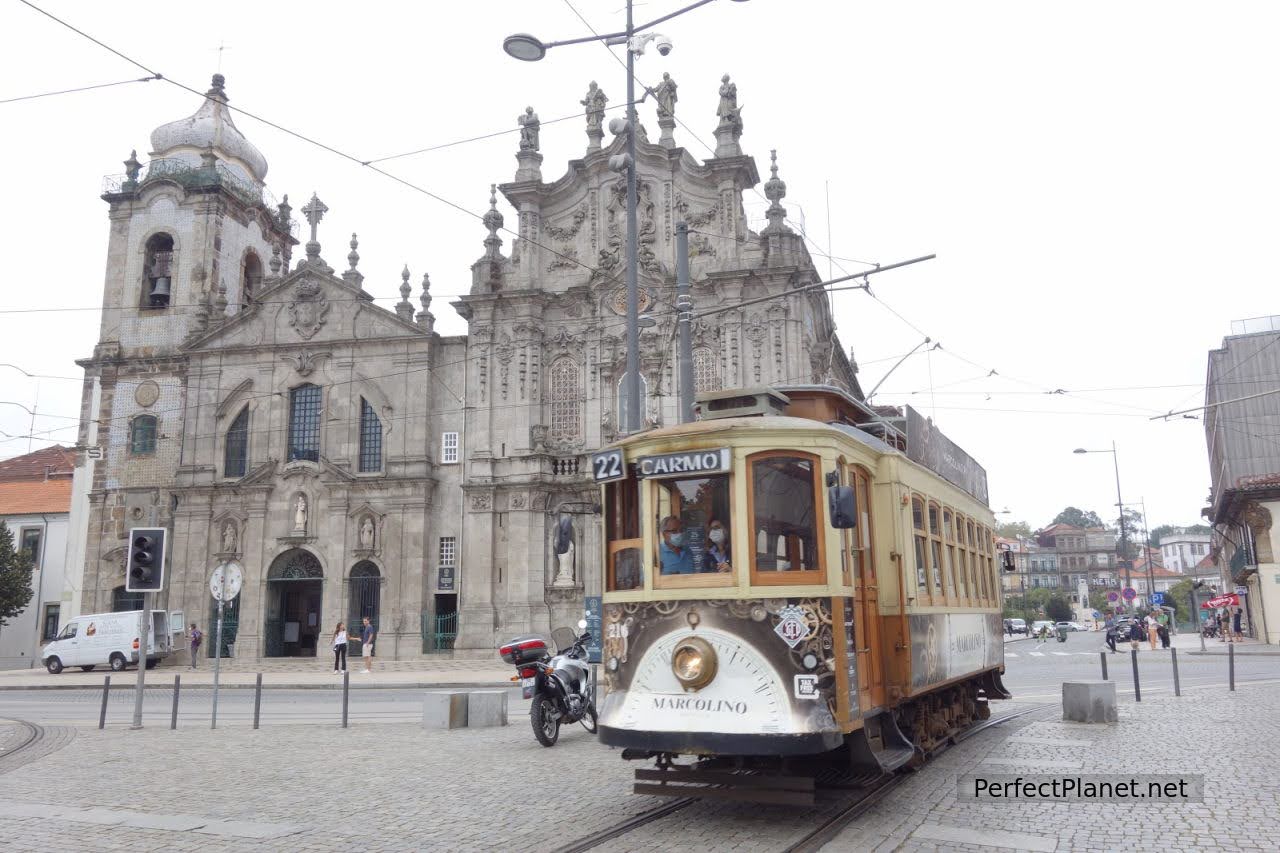
Tram in Oporto
In big cities the metro and tram are the best options to move around. Taxis are not expensive but you have to ask the driver to put the meter on.
Petrol is more expensive than in Spain so if you are travelling with your own vehicle remember to fill the tank before entering.
A rental car is also an option and if you are an EU or US citizen, you do not need an international driving licence.
They are very strict with speed limits, so keep this in mind.
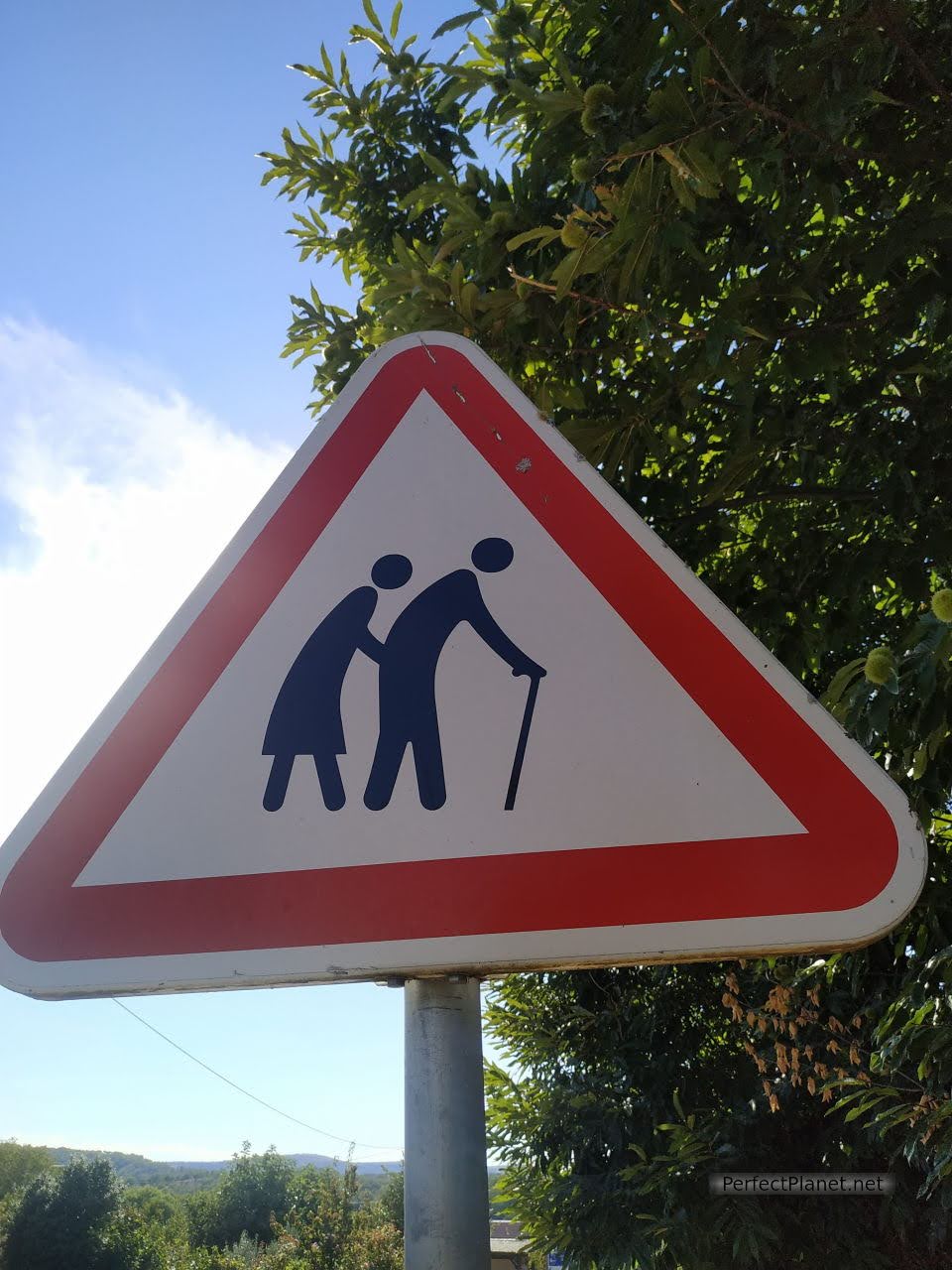
Traffic signal
Tolls
There are motorways and highways with manual tolls, it consists of taking the ticket and paying the indicated amount.
The only cards that work in the tolls are credit cards or cash.
To drive on Portuguese motorways and highways with electronic tolls we use EASYTOLL but there are also other options such as virtual prepaid cards: TOLLService (for three days without limit) and TOLLCard (up to one year).
With EASYTOLL you link the vehicle's registration number to your credit card and all the amounts of the journeys are automatically charged. It has an initial cost of 0.60 euros plus VAT to which you must add administrative costs for each journey. It expires after 30 days.
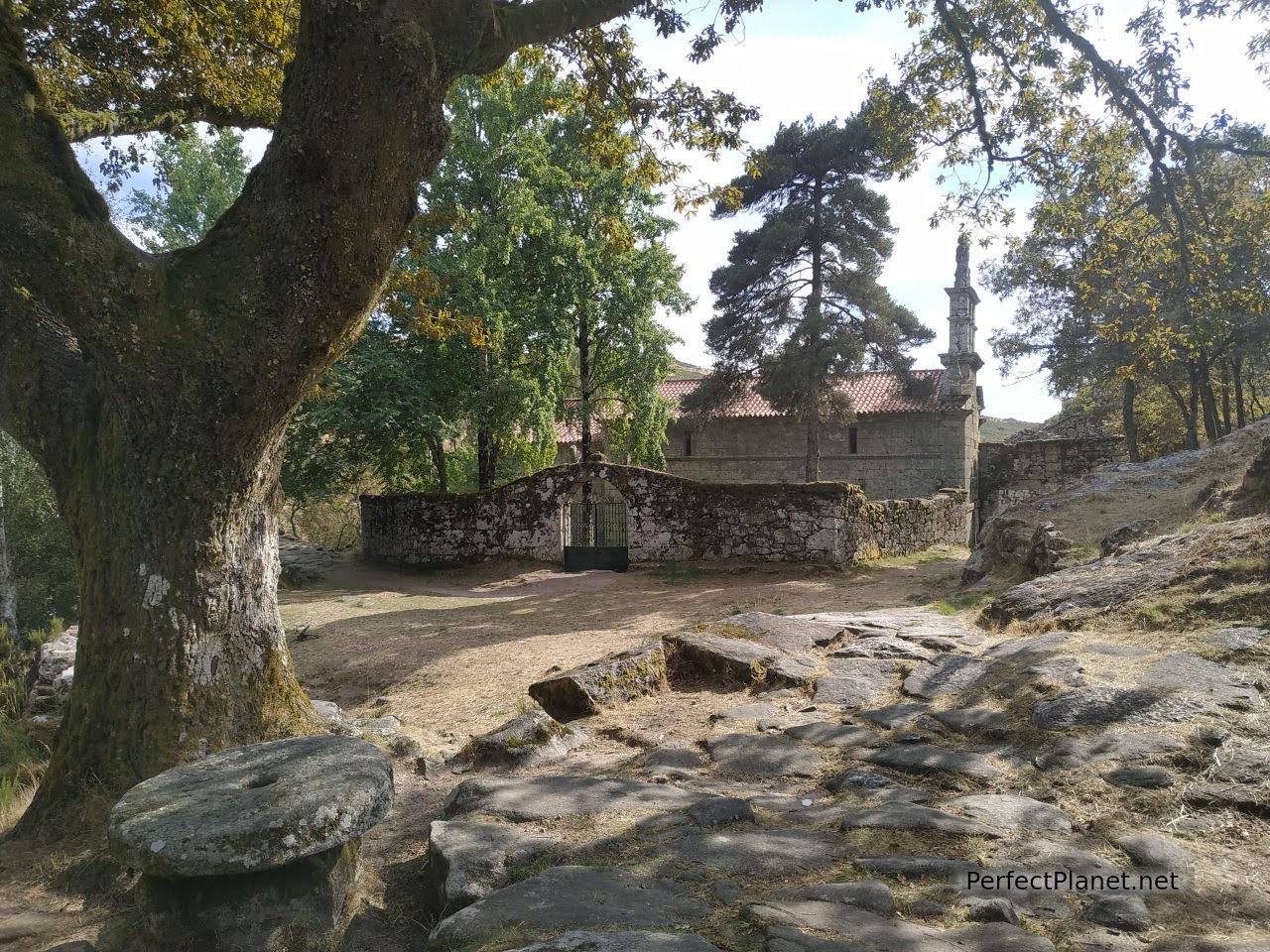
Pitoes das Junias Monastery
There are four points of entry to the country, called welcome points, where you can also carry out this operation on enabled machines: Tui/Valença, Verín/Chaves, Fuentes de Oroño/Vilar Formoso and Ayamonte/Vila Real de San Antonio.
If you rent a vehicle, make sure it has the VIA VERDE card assigned to it so that it can be driven. This is an identifier that allows you to use the lanes marked as VIA VERDE on the electronic tolls without having to stop.
If you have a VIA-T, you can use these lanes, but make sure that it is valid in Portugal.
In Portugal Tolls you can also calculate the cost of your journeys. Fast and convenient.
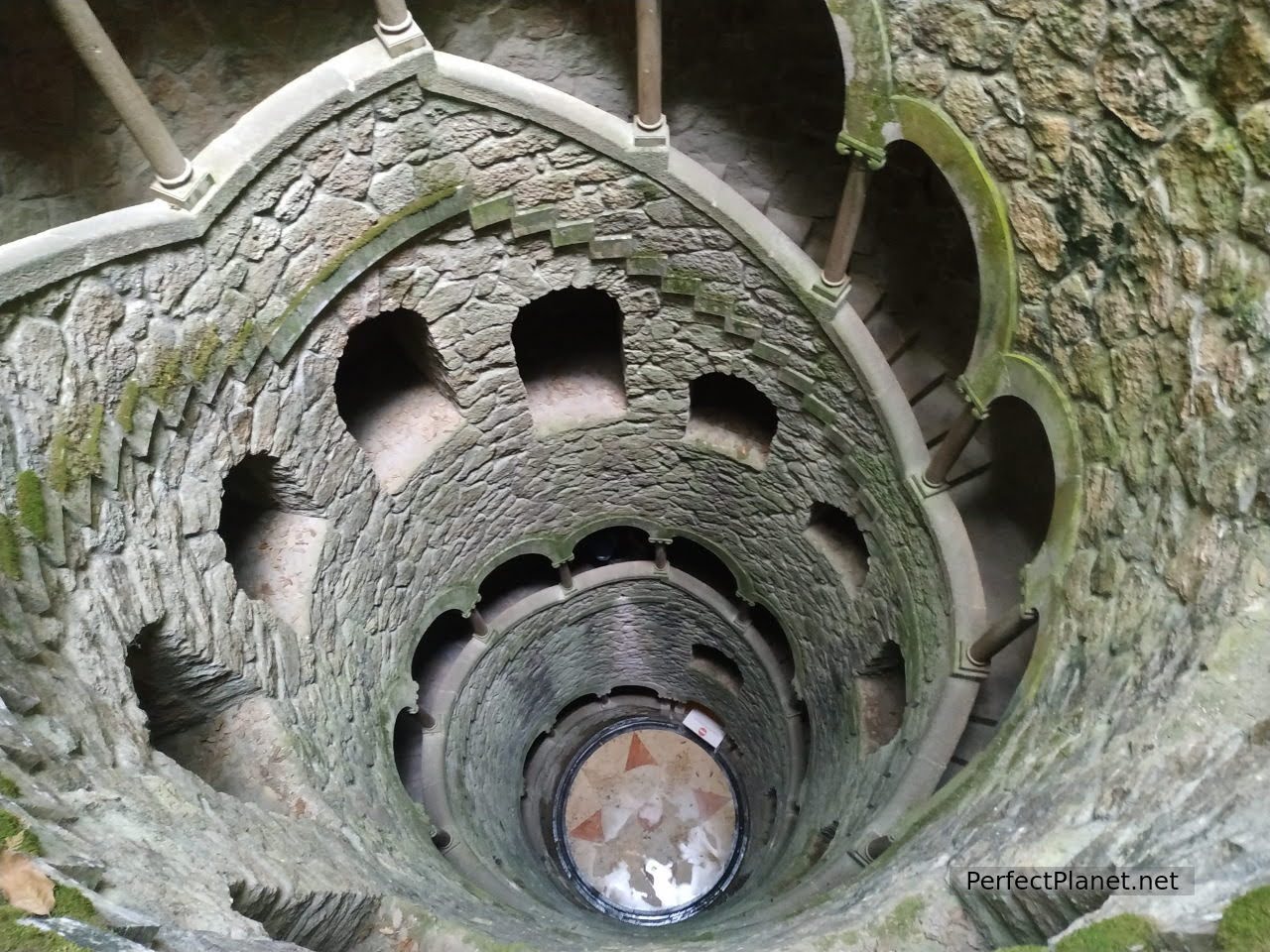
Initiation well
Parking
The city centre and many tourist sites have a blue zone (parking meter) but there are still free parking areas quite central, the Portugal guide Lonely Planet advises some of them.
However, in large cities such as Lisbon and Porto our advice is to use the private car parks. Robbery is the order of the day, especially for cars with foreign number plates, and even if parking is not exactly cheap you can avoid the inconvenience.
Throughout our blog we recommend some cheap and safe parking, reservation pages and free parking areas.
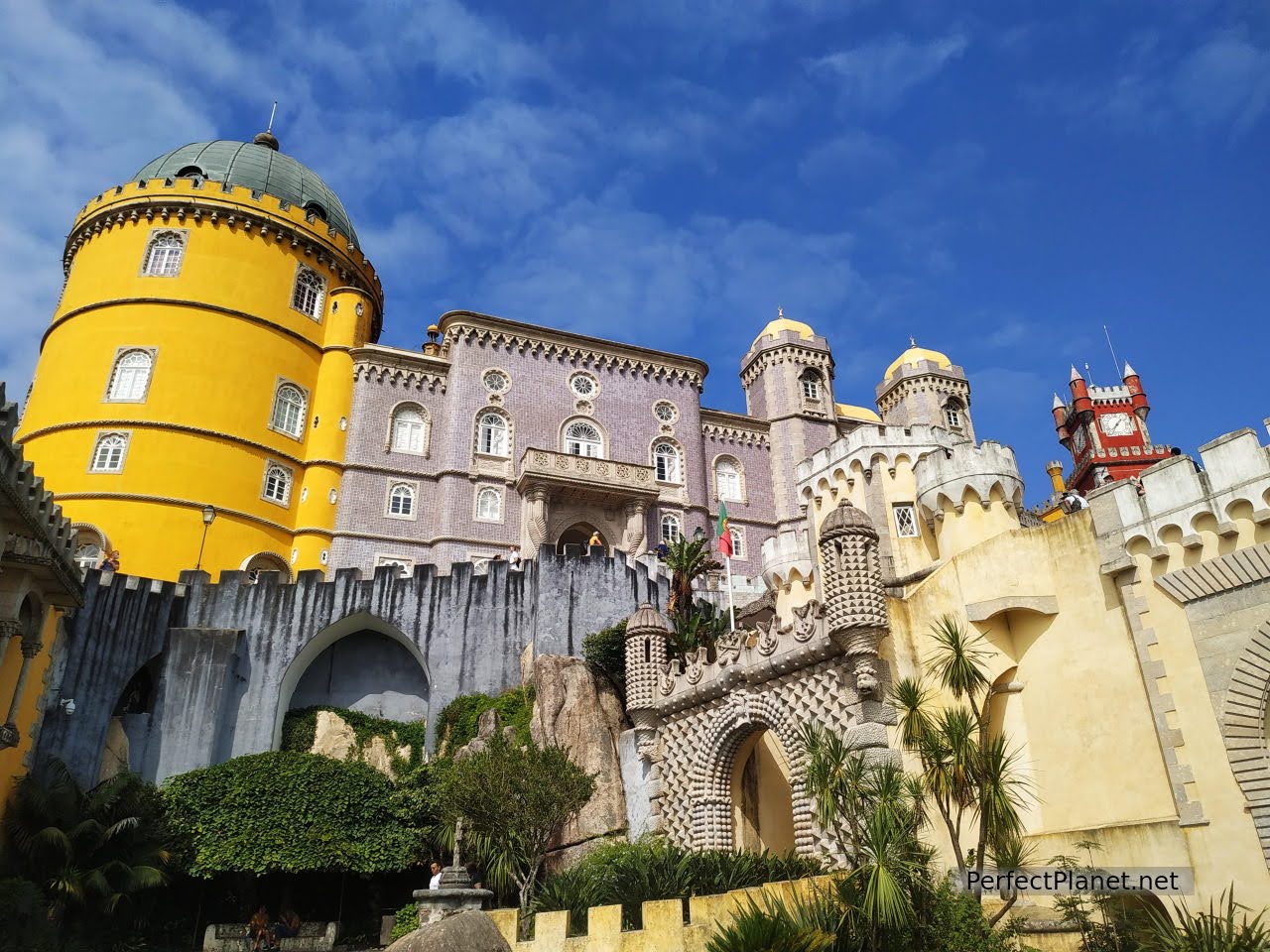
Da Pena Palace
By plane. There are airports in Lisbon, Porto, Faro and the islands. Most international flights arrive in Lisbon. TAP is the national airline.
Train. The Portuguese train network is quite wide and comfortable. Tickets are cheap and connect the main areas of the country. It is a perfect option if you want to visit Sintra from Lisbon or Aveiro from Porto.
Bicycle. There are free rental points in many parts of the country. For example, in Aveiro you can enjoy two hours of free cycling a day to visit the city centre.
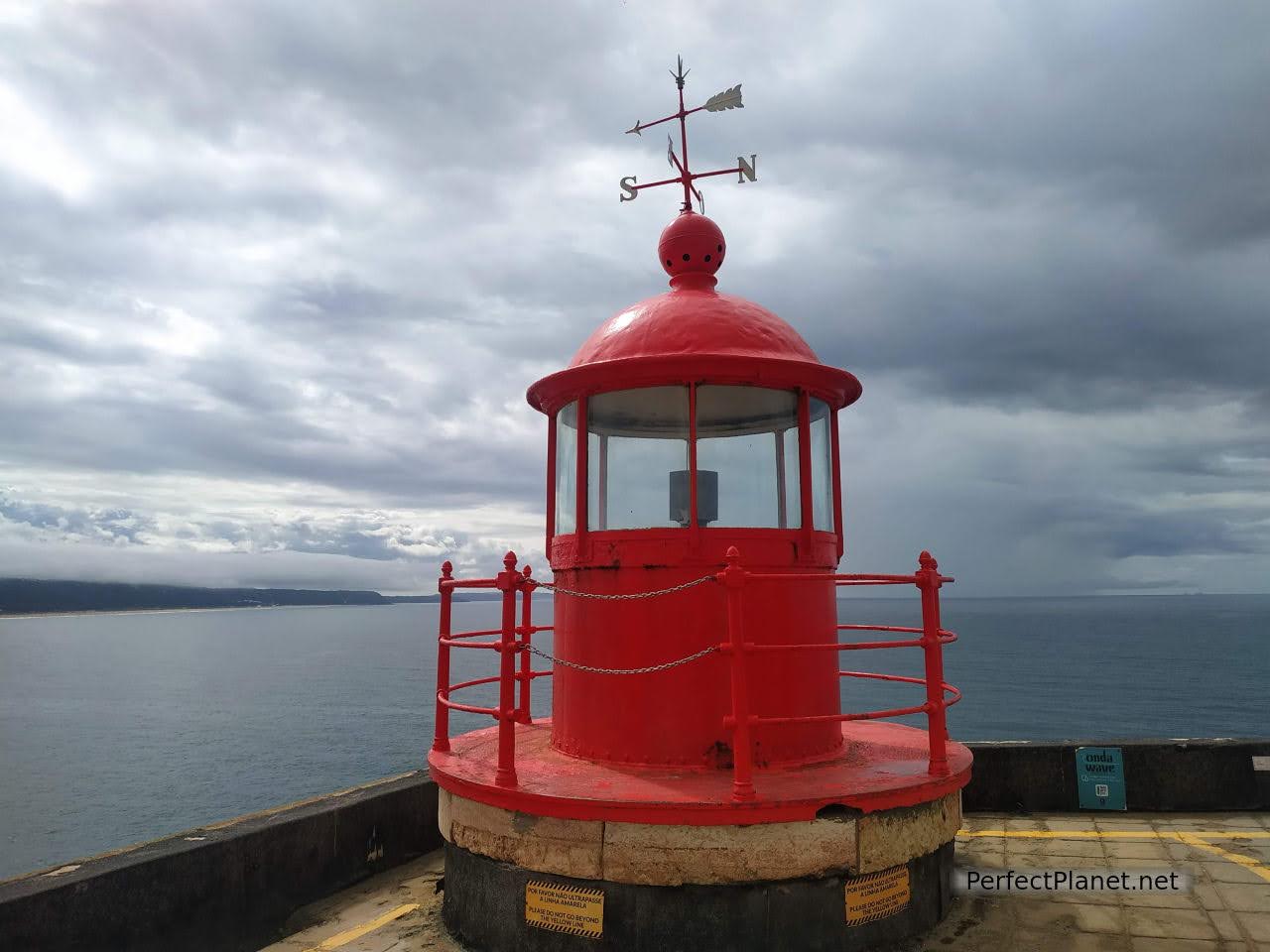
San Miguel lighthouse Nazaré
Accommodation
There are many options for accommodation in Portugal.
The camping parks are very economical and some of them, like Camping Cepo Verde or Camping Vidoeiro, are in spectacular locations.
There are specific parking areas for vans and caravans, many of which are in beautifully landscaped areas. This year they told us that they had become stricter but it is a magnificent option and the most economical. For more information visit the website of furgoperfectos.
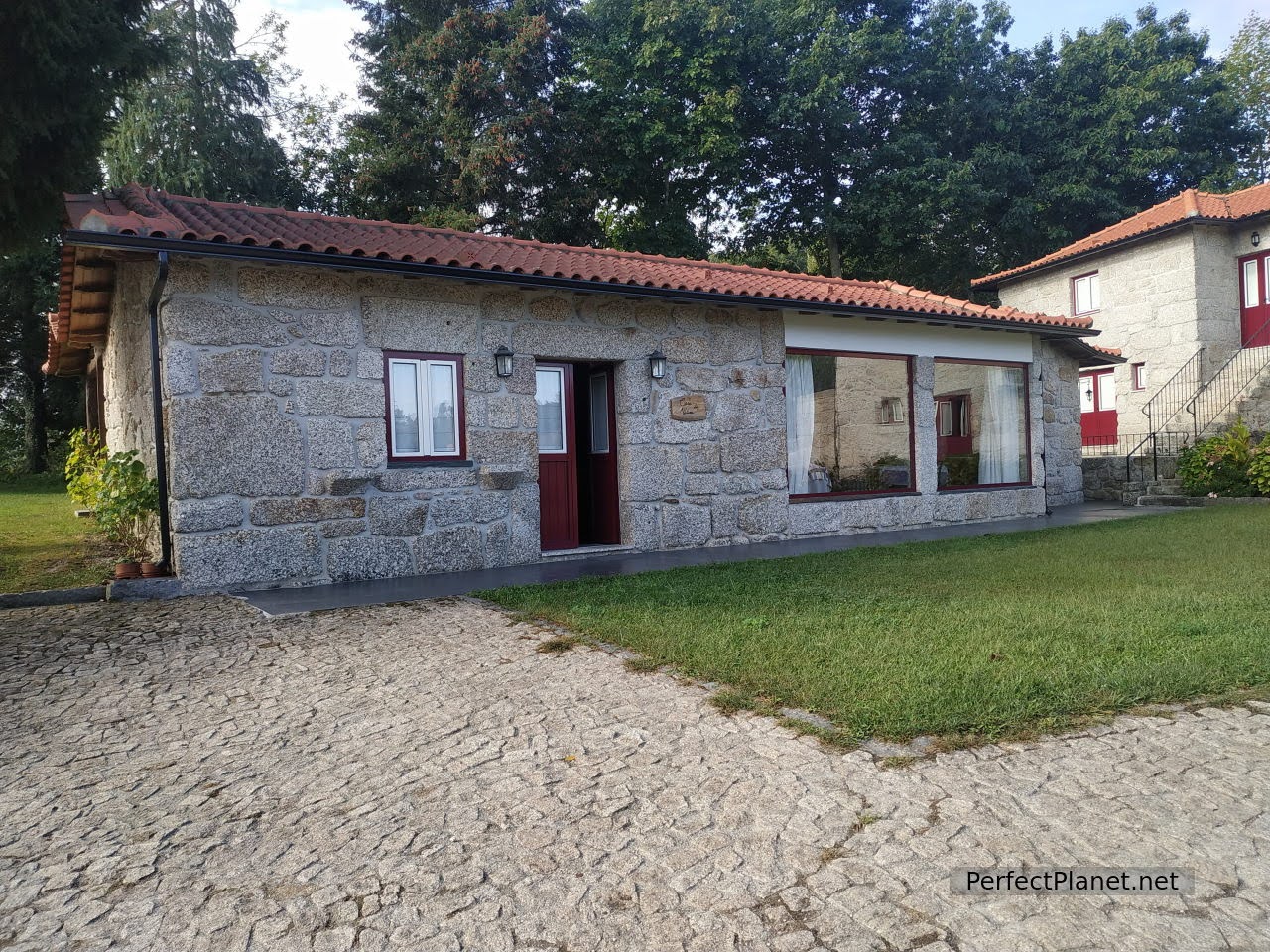
Accommodation in Celorico
Flats and rural houses. This has been our option during the trip together with the camping. There are options for all pockets and we found jewels like the Lisbon flat or Celorico's house. We have a premise for the quality price to be the right one and that is that if you hire it by Booking it will have no less than a seven of valuation.
Hotels, hostels, pensions or pousadas any option is good but remember to book in advance as on certain dates it is difficult to find a place in some accommodation.
Bear in mind that you have to pay a tourist tax of two euros per person per day in many places in Portugal.
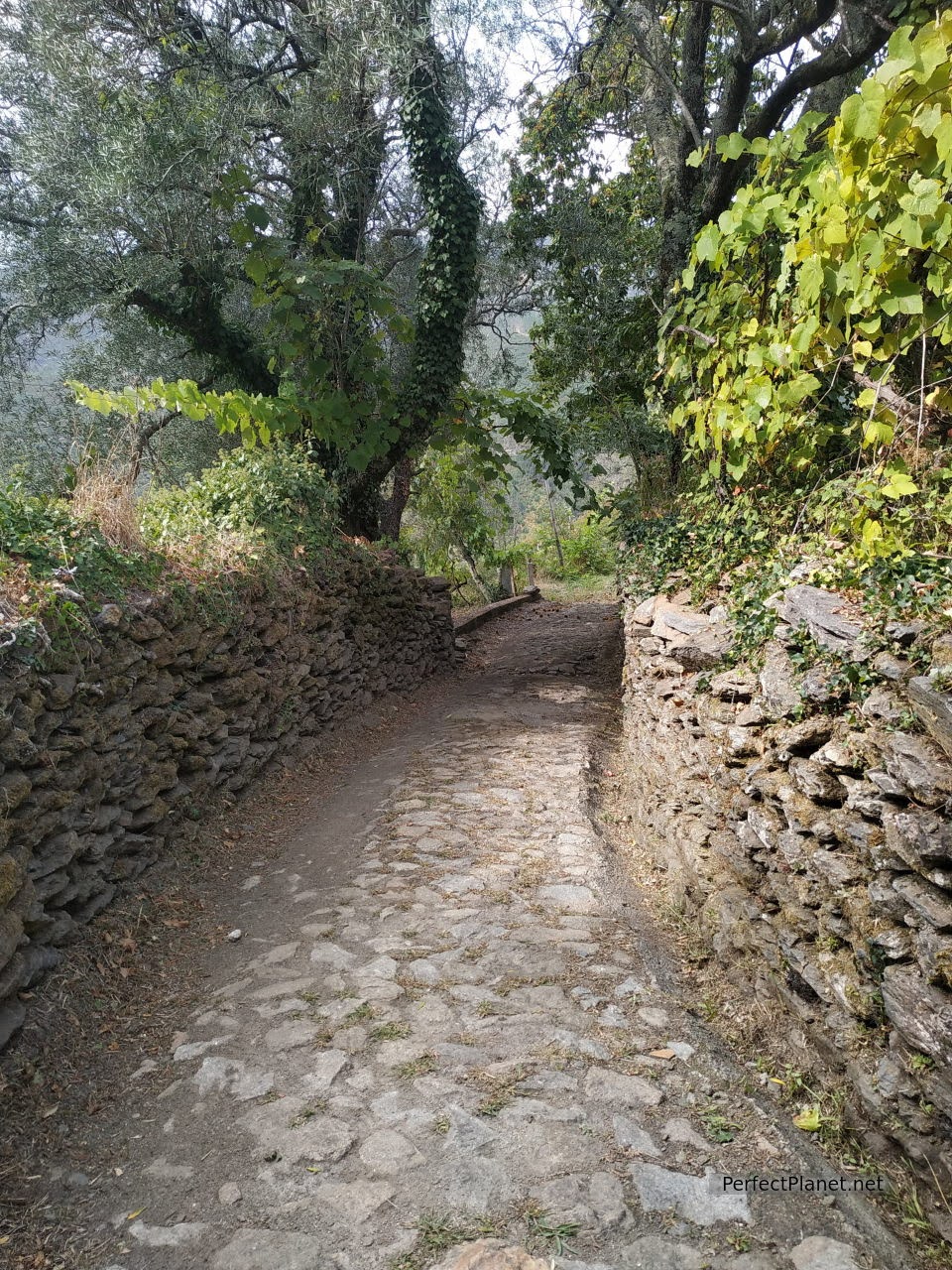
Ermelo
Health
Before starting your trip, contact the international disease service. Mosquito repellent is best not forgotten, as is sun cream.
Safety
Before travelling it is advisable to have travel insurance, not only health insurance but also civil liability insurance. EU citizens have a common health insurance card which must be applied for in advance on the website.
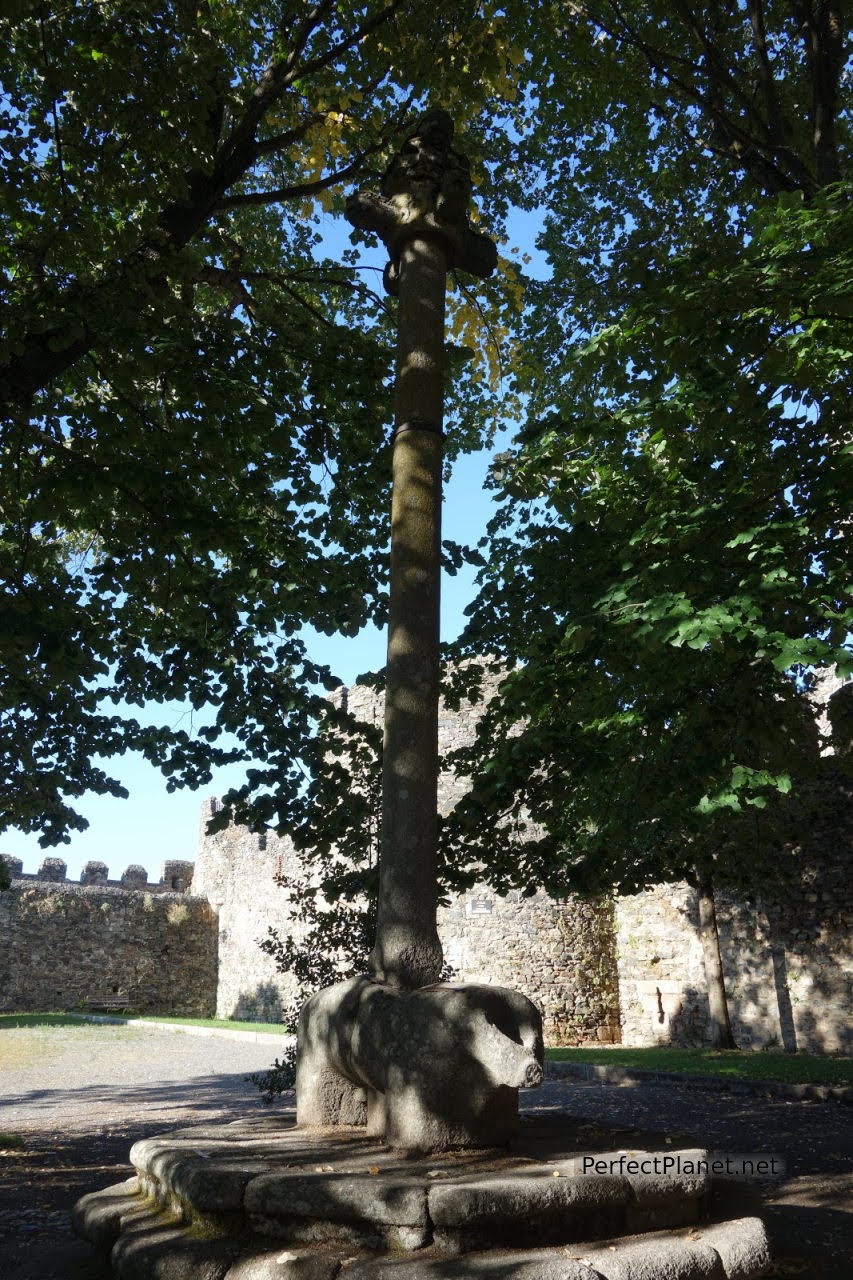
Pelourinho in Braganza
Gastronomy
Portuguese food is a delight, it is so rich and varied that it is difficult to taste all its delicacies.
The star ingredient is cod, which is cooked in so many different ways and is so delicious that it is impossible to try them all, grilled, in buñuelo (patanisca), dourado (with chips and egg) and so on, up to a hundred or more.
From the sea, don't forget to try other delicacies such as sardines, red mullets or octopus (polvo).
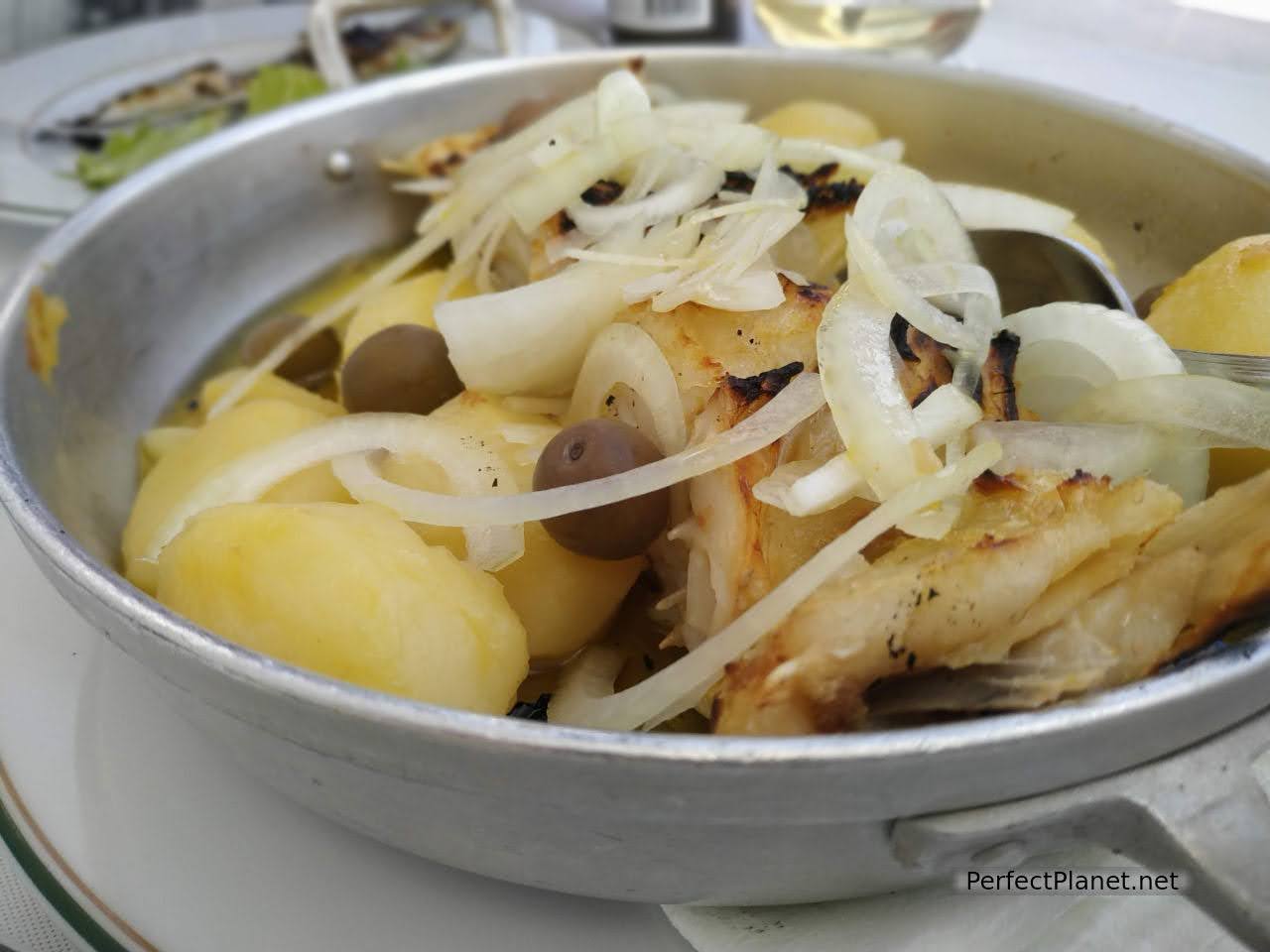
Cod
From the land the pork (porco) triumphs in the centre but also the veal stews (vitela).
The menu of the day usually consists of a green broth for the first course and meat or fish to choose from for the second course accompanied by wine and water, usually accompanied by dessert and coffee and ranging from eight or ten euros in the less touristy areas to fourteen euros.
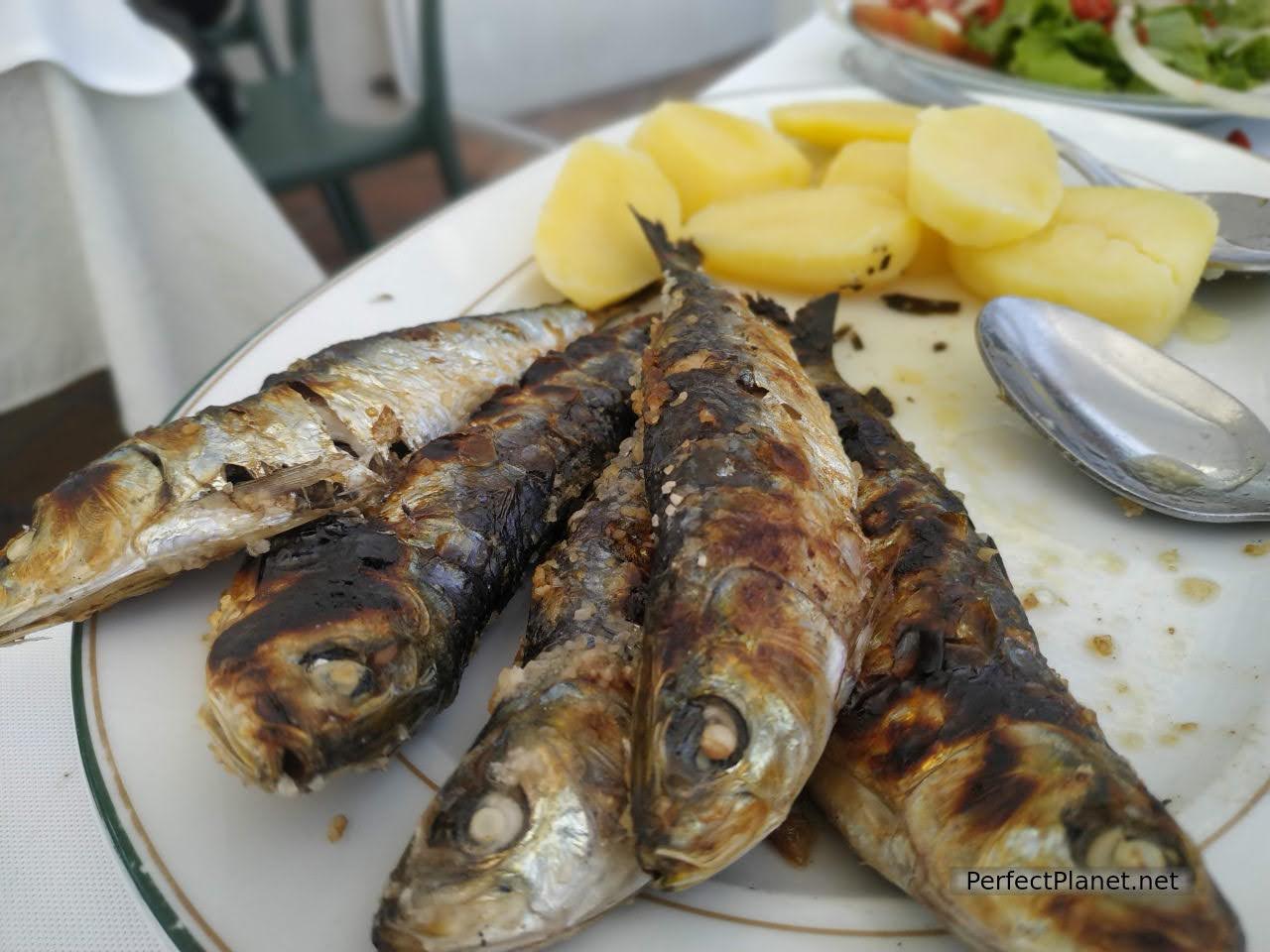
Sardines
The portions are usually large, even for two people.
Some restaurants offer bread, butter, cheese, olive oil or olives as an aperitif, but this is not on the menu.
There are many dishes to try depending on the region, we recommend some of them:
In Chaves the Folar de Chaves (bread similar to a hornazo filled with meat and bacon), the Pastel de Chaves (a puff pastry filled with pork or beef with vegetables), alheira (smoked pork sausage to make grilled or roasted), pumpkin sausage or the presunto (cured ham). The region of Tras Os Montes is famous for its smoked products and it is common to eat the alheiras or chorizos on a ceramic grill bathed in eau-de-vie which is then set on fire. It is delicious.
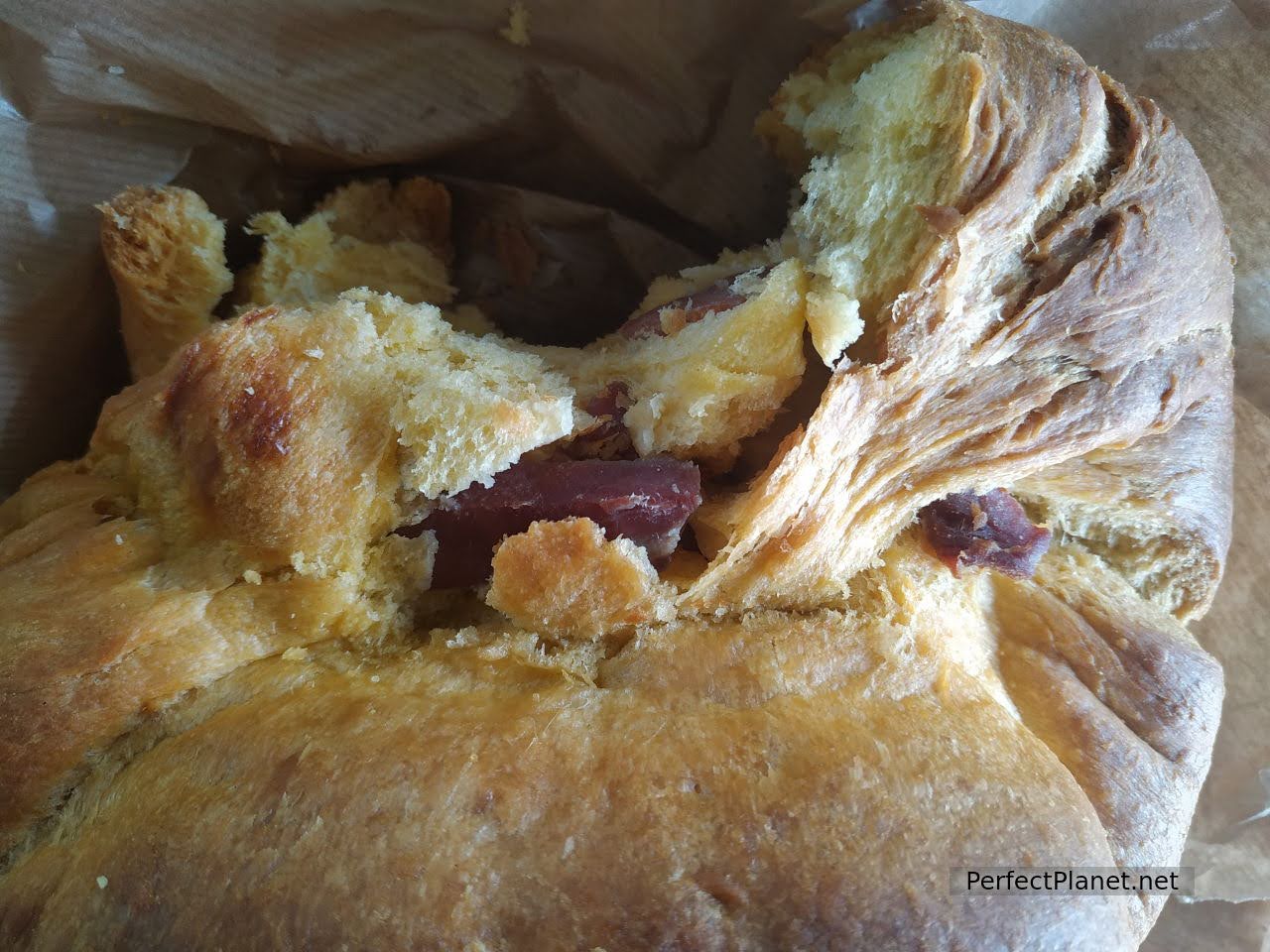
Folar of Chaves
In Oporto, the Franceshinas (meat sandwich (can be beef or pork), sausage and cheese, sometimes with egg, bathed in a Oporto sauce with chips), casserole cod with potatoes and olives or the Oporto style tripe.
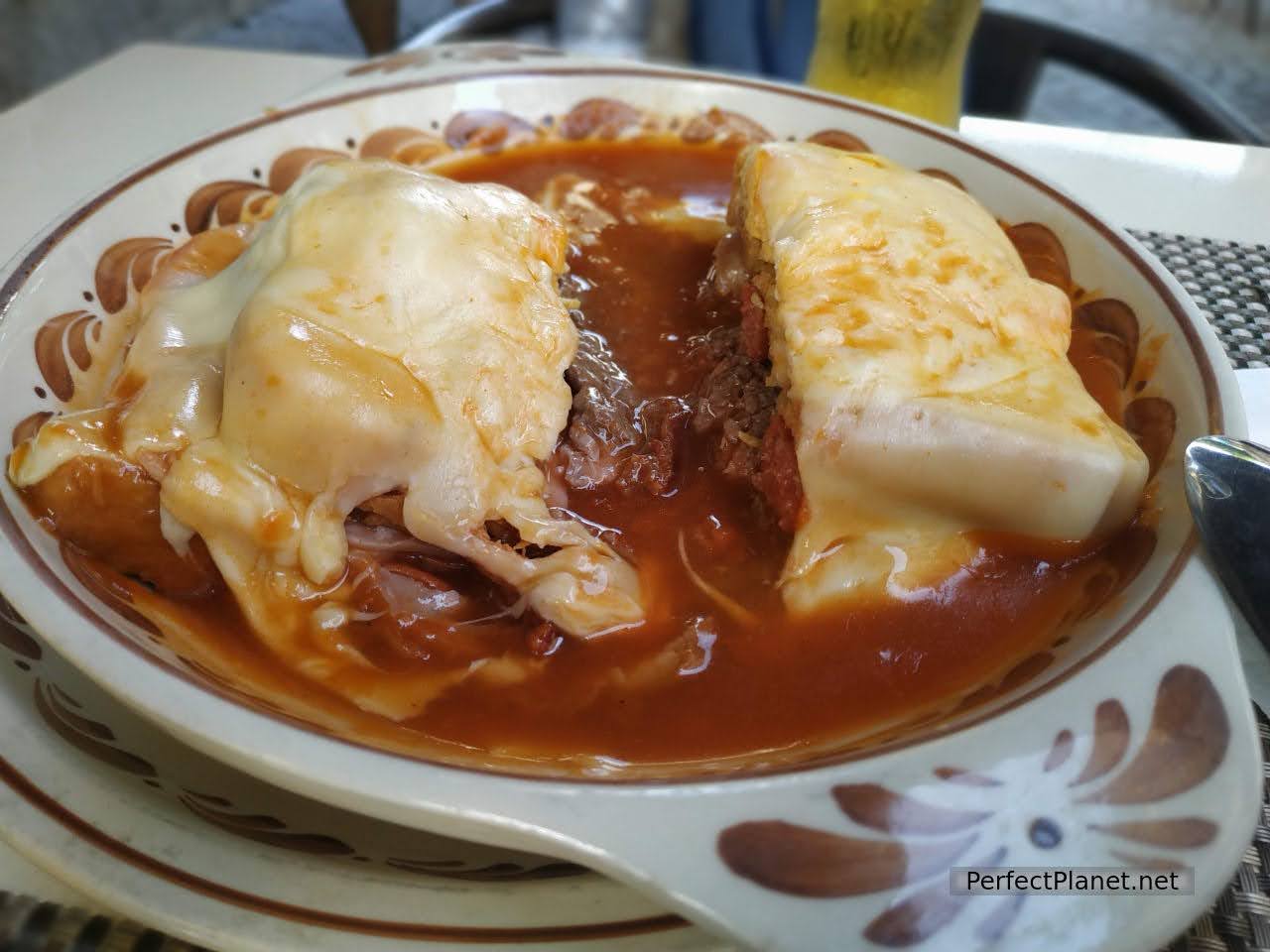
Francesinha
In Lisbon, the chicken piri piri, the brothy rice dishes, the ginjinha (a very rich cherry liqueur) and of course the world-famous cream or Belém pastries. Although they are sold all over the country the best place to try them is the traditional Pastéis de Belém.
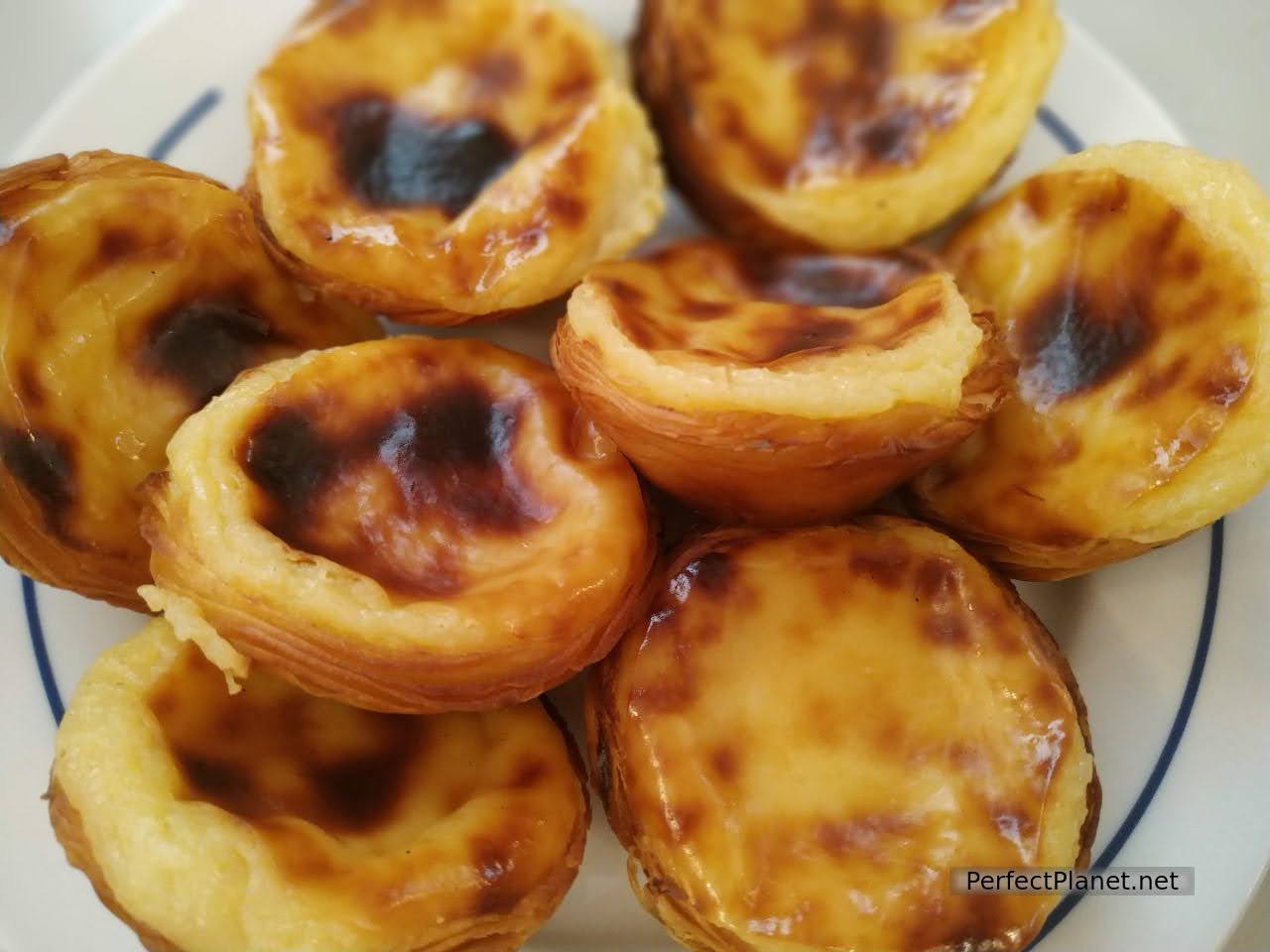
Belém pastries
The Portuguese pastry tradition is very old, practically anywhere you can find a pastry shop to taste them.
In the coastal areas, don't forget to try the grilled fish, the seafood and above all the calderetas and cataplanas of fish and seafood, sometimes accompanied by potatoes and other times by rice.
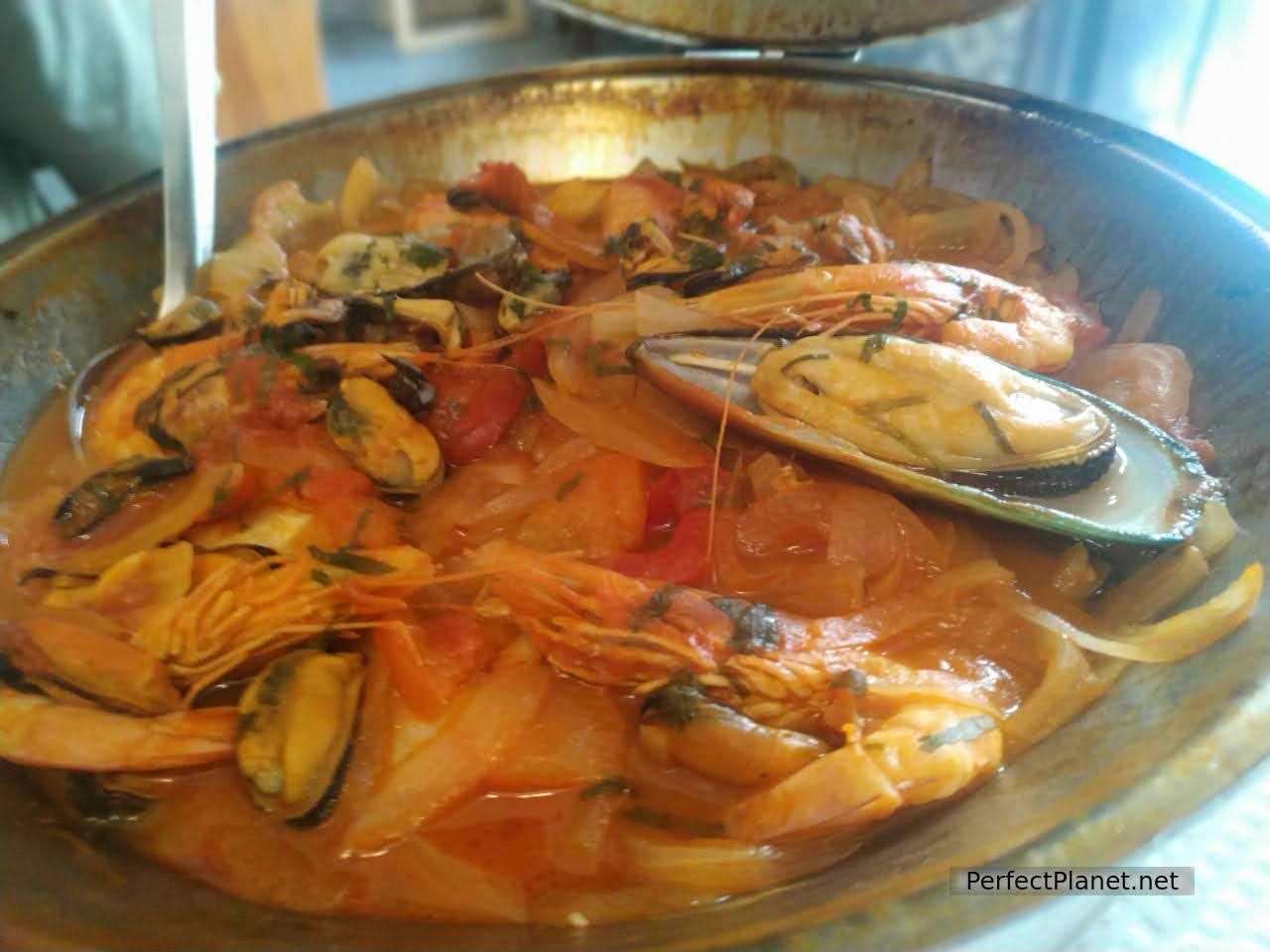
Cataplana
Don't be afraid to ask for the house dish, in many restaurants the menu consists of a meat or fish stew accompanied by rice or salad. You will be surprised.
In Piodao the pumpkin quesadillas or the bifanas (pork fillet sandwich), in the Sierra de Estrela their impressive cheeses and cakes.
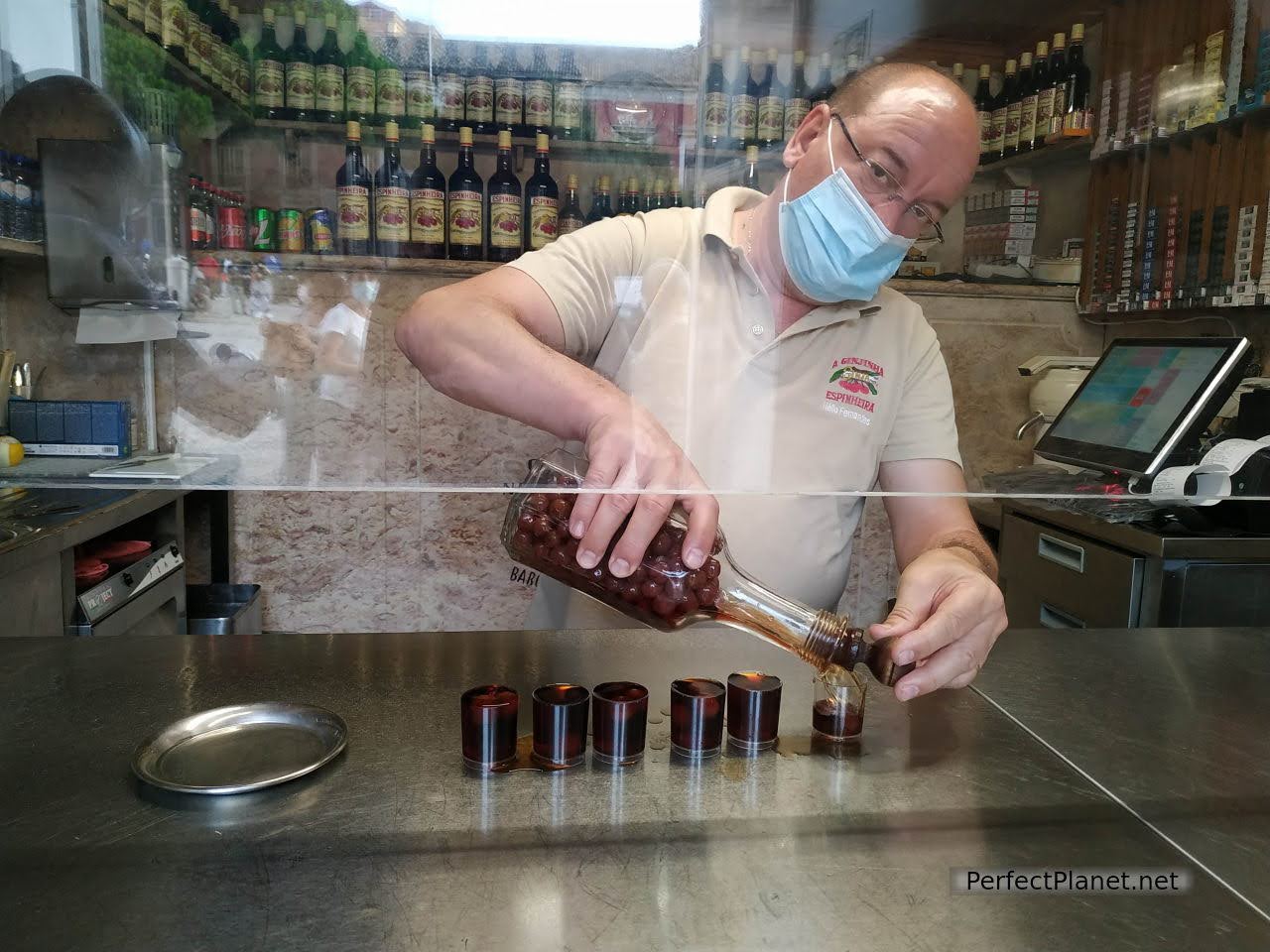
A Ginjinha
If you want to go shopping in the supermarket, the Pingo Doce chain is open until ten o'clock at night. Bear in mind that in Portugal the opening hours of shops are more similar to those in Europe than in Spain, so they are usually closed from half past seven in the evening.
Beer. Portugal does not have the brewing tradition of other European countries. However the country's best known brands such as Super Bock or Sagres are very rich and are an excellent choice for the stifling Portuguese summers.
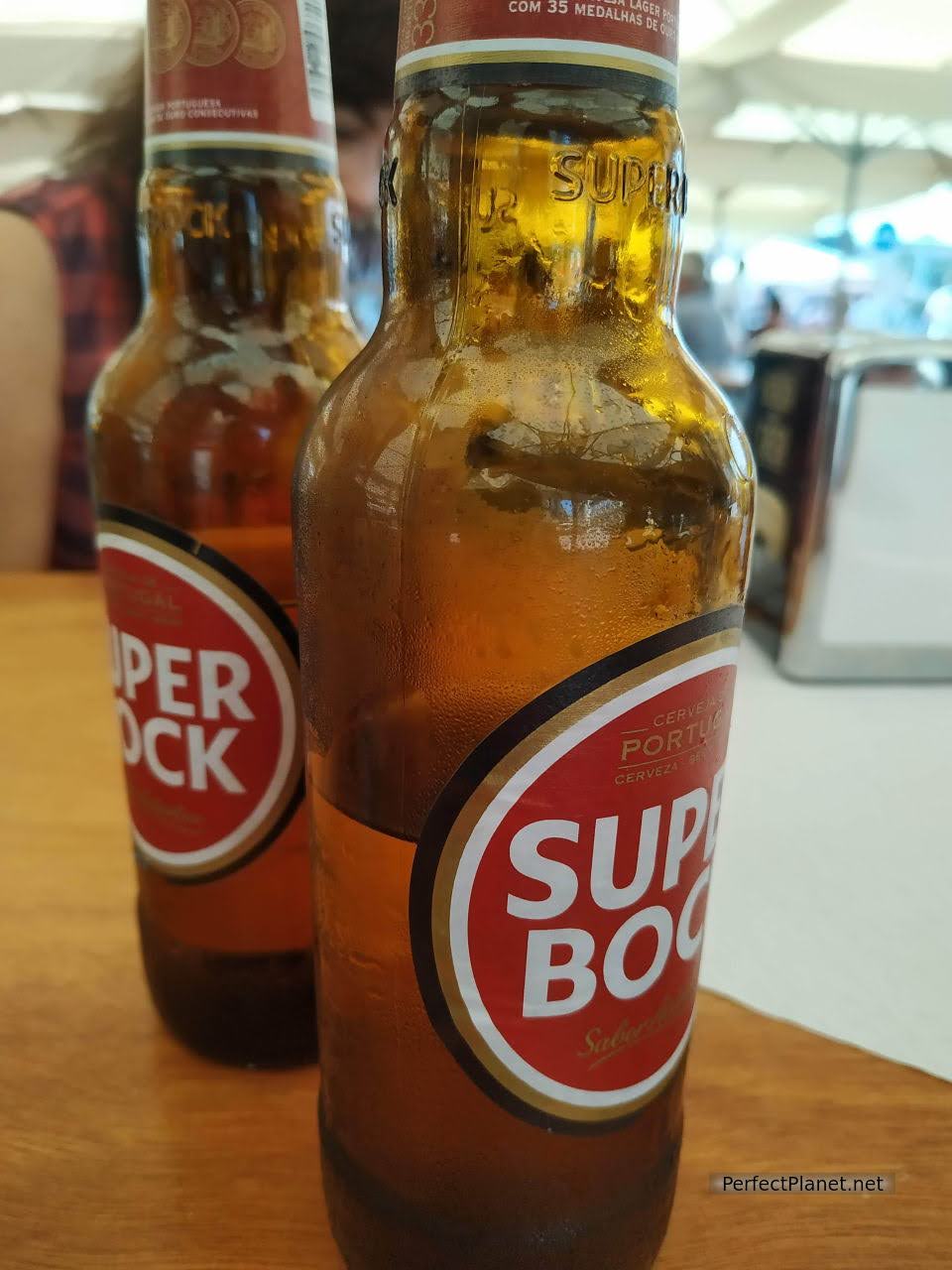
Super Bock
Wine. Depending on the region, there are different types of wine. There are several designations of origin, the main ones being DAO, Tejo or Douro. The taste in general is mild and fruity.
The green wine is produced between the regions of Douro and Minho. It is slightly sparkling, that needle point that characterizes it. It is produced when the grape has barely matured, hence its name.
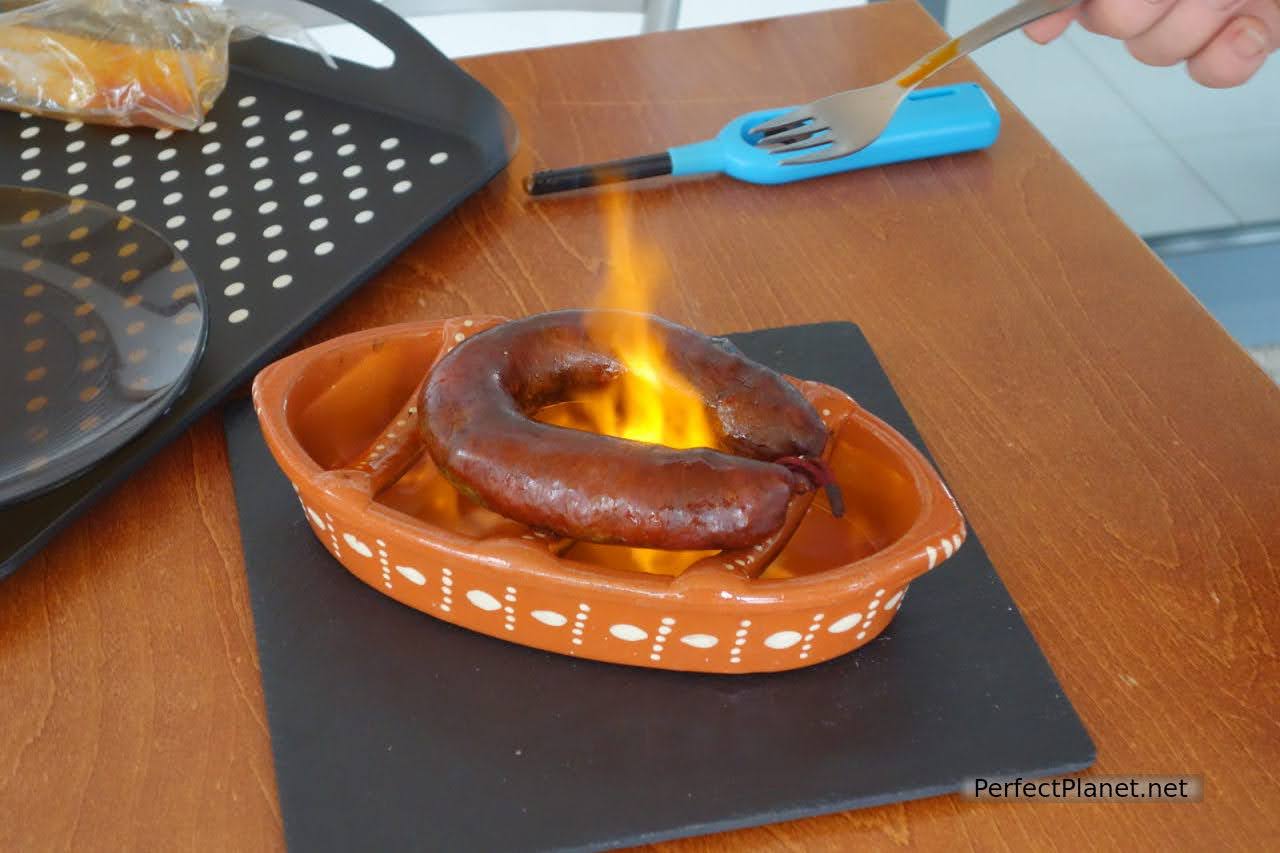
Roasted chorizo
The most famous of all is the Port wine, a mixture of wine and brandy with a sweet touch that you can taste all over the country, especially in the cellars of Vila Nova de Gaia and in the nearby restaurants that offer for a cheap price a tasting of up to five varieties.
The oil in Portugal is milder than the one produced in Spain but has a very rich taste, it is also somewhat cheaper.
Fruit trees are planted in the Portuguese countryside: almonds, pears, apples, olives, chestnuts, oaks, walnuts and vines.
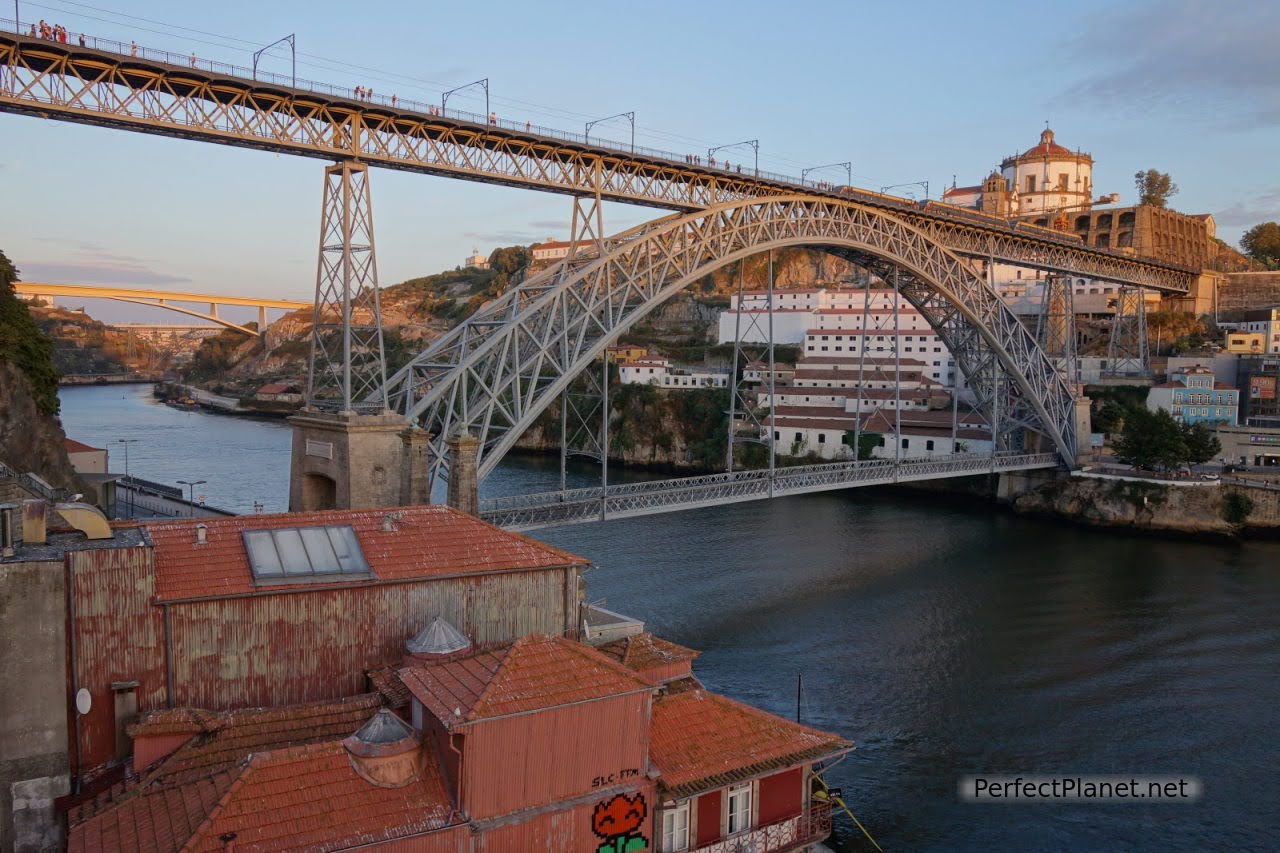
Dom Luis I bridge
Society
Portuguese society is friendly and hospitable. They preserve many of their traditions and have an immense cultural heritage.
Portugal is considered to be the first European nation and its beginnings date back to the first settlements as early as the Palaeolithic period (important are the beech forests at the site in Vila Nova de Foz Coa).
It has an exciting historical past, Roman, wars between Moors and Christians or the age of discovery, among others.
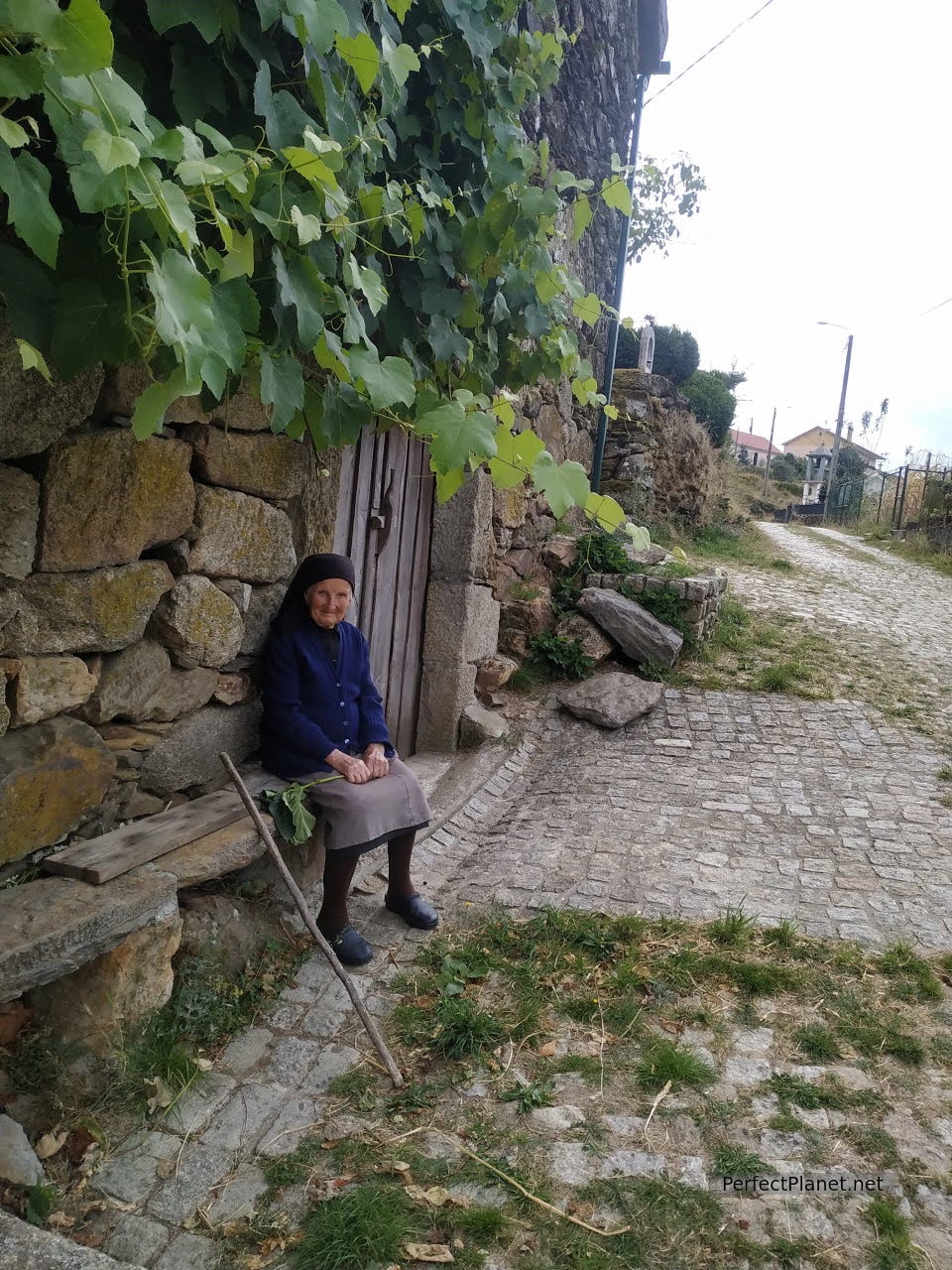
Woman in Varzigueto
The rural exodus is one of its biggest problems, it is difficult to see children in the villages where even the road signs have been adapted to the new situation.
Today, the Catholic religion is still the majority and is reflected in many festivals and celebrations.
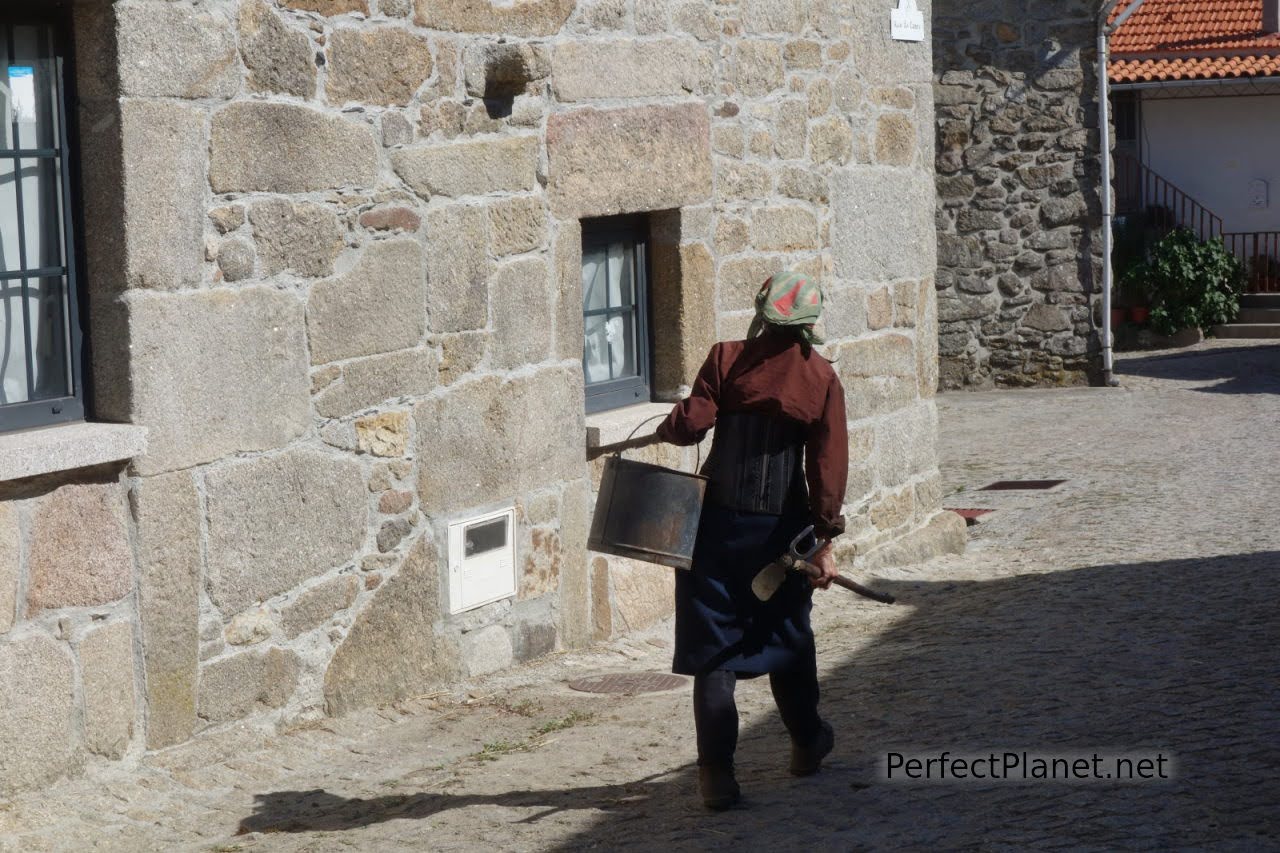
Woman in Moimenta
Tile art is the most representative decorative art in Portugal. You can see and admire it in buildings, squares, restaurants, fountains and even in the metro stations.
Of Arab origin, the Portuguese have known how to make this art their own and through the tiles they tell stories such as the battle of Valdevez in the Sao Bento train station in Porto, they recreate the life of saints such as in the Chapel of Souls (also in Porto) or they represent geometrical motifs as in the Olaias metro station in Lisbon.
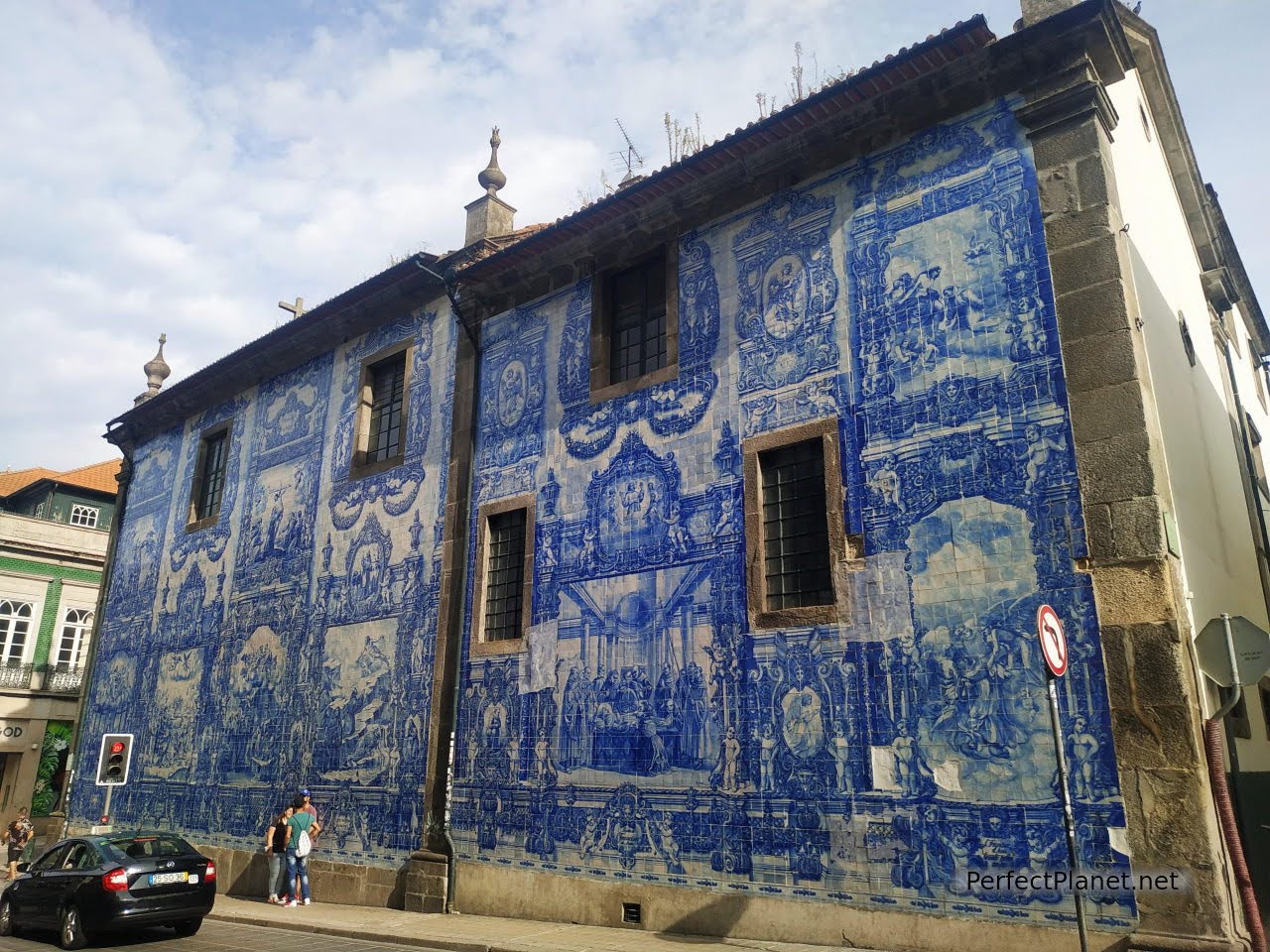
Chapel of Souls
You can find more information in the National Tile Museum in Lisbon.
Fado. It is the most famous musical genre in Portugal, it means destiny and it is linked to that melancholy (saudade) that floods all its lyrics. It is common to hear people singing in the streets, especially in the districts of Chadio or Alfama in Lisbon.
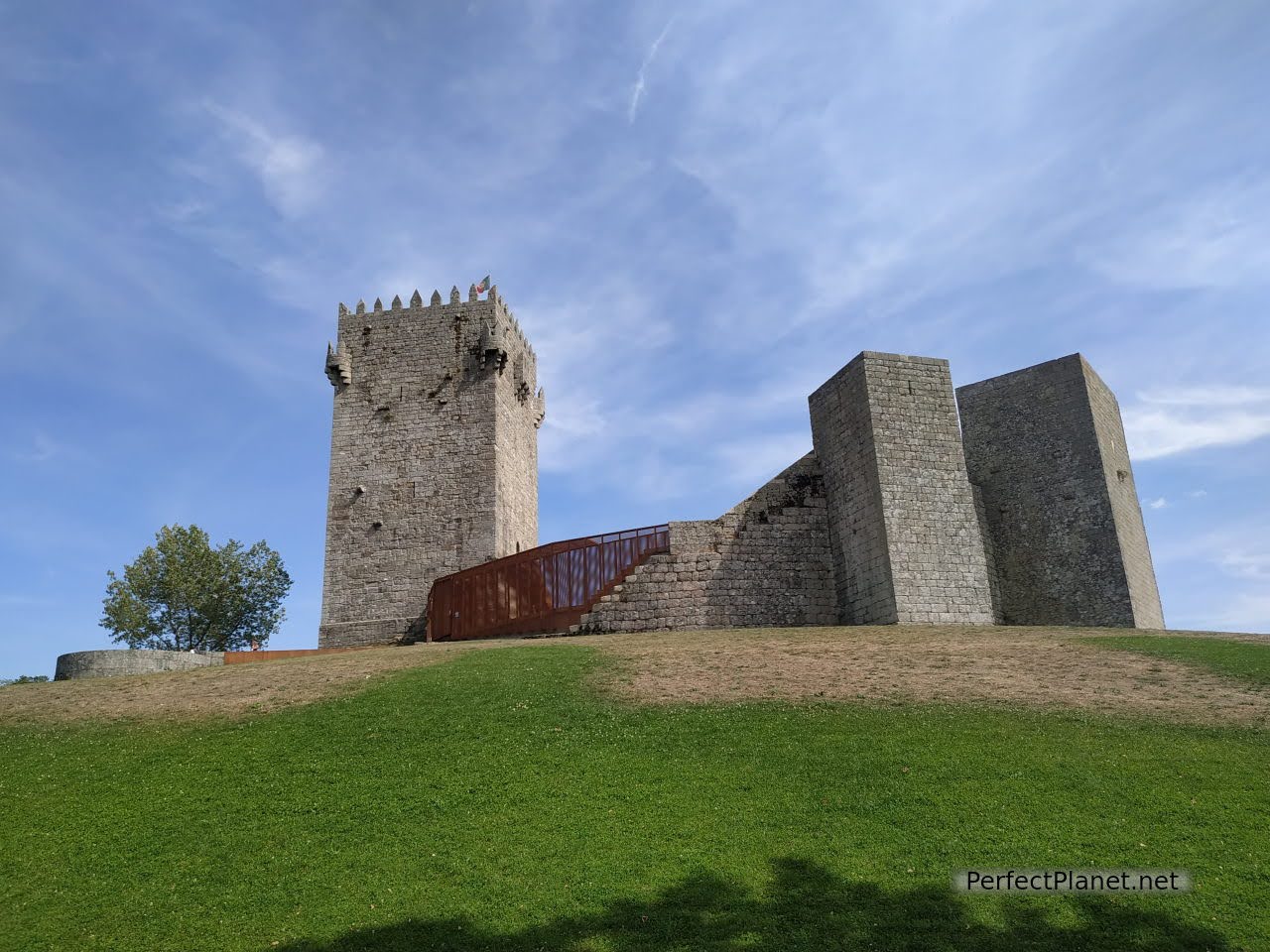
Montalegre Castle
- Log in to post comments

